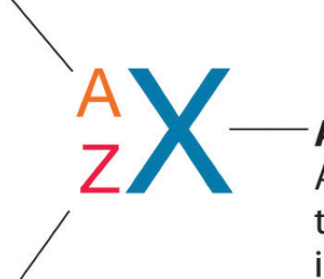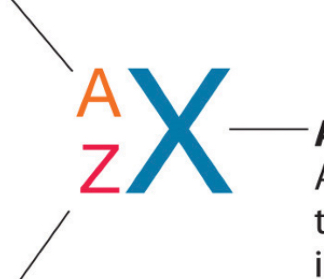The atom
1/53
There's no tags or description
Looks like no tags are added yet.
Name | Mastery | Learn | Test | Matching | Spaced |
|---|
No study sessions yet.
54 Terms
What is matter?
Anything that has mass and takes up space
What is a substance?
A single form of matter
What is a molecule?
A combination of atoms
Which has a positive charge?
Proton
Which has no charge?
Neurons

What does A represent?
The mass number
The number of protons and neutrons

What does Z represent?
Atomic number
The number of protons
The number of electrons is the same as?
The number of protons
What is an isotope?
Atoms of the same element that are made up differently
How is the electron cloud kept close to the nucleus?
The positive charge from the protons attract the negative charge of the electrons
Are electrons positively or negatively charged?
Negatively
Do neutrons play a role in chemical reactions?
No
Name the ways atoms can use their electrons
Gain electrons from other atoms
Lose electrons to other atoms
Form covalent bonds with atoms by sharing electrons
How are ions formed?
When atoms lose or gain electrons
What does an atom that loses an electron become?
A positively charged cation
What does an atom that gains an electron become?
A negatively charged anion
What is an anion?
An atom that has gained an electron
What is a cation?
An atom that has lost an electron
How are ionic bonds formed?
A positively charged cation and a negatively charged anion bind to each other though attraction
What is at the centre of the atom?
A positively charged nucleus
A negatively charged electron cloud
Is the nucleus of an atom positively or negatively charged?
Positively
Is the electron cloud positively or negatively charged?
Negatively
How are covalent bonds formed?
When atoms share a electron
What gives elements thier characteristics
Electrons
What is physical chemistry
Applying maths and physics to the world around us
What is homogenous matter
Has the same composition throughout
What is heterogenous matter
Has uniform composition (different composition throughout)
What is the order of density?
Solid
Liquid
Gas
What substance has the most energy and why
Gas because it’s molecules more more freely
What are gels, vapours, emulsions and foams examples of
Mixtures of matter
What is meant by the physical properties of a substance?
Characteristics we can observe without changing the substances identity
What are examples of physical properties?
Colour
Temperature
Density
Why is meant by a chemical property
Ability of a substance to change into another substance
Describe and endothermic reaction
Bonds are broken which requires energy
Describe an exothermic reaction
Bonds are made and energy is released
Difference between mixtures sand compounds
Separation
Mixtures can be separated by physical methods
Compounds can’t be seperated by physical methods
Difference between mixtures and compounds
Composition
Mixtures composition varies
Compounds composition is set making the molecular formula
Difference between mixtures and compounds
Properties
Mixtures properties relate to their compounds
Compounds properties are unlike thier components
How are atoms electrically neutral?
They have equal numbers of protons and elecrtrons
What is the top A of a chemical symbol
Mass number
Number of protons and neutrons in an atom
Bottom Z number
Atomic number number of protons
What is the number of electrons the same as
The number of protons
What’s the charge of the nucleus of an atom
Positive
What is the charge of the electron cloud
Negative
What gives elements their characteristics
Elements
Can the number of electrons be used to identify an atom
No because they are not constant
What is an orbital?
A region where there is a high probability of finding an electrons
Where is an orbital found
In the electron cloud
What do the letters S,P,D,F
Sharp
Principle
Diffuse
Fundamental
Heinsberg uncertainty principle
The position of an electron cannot be measured as they are
Constantly moving
Balmer emission spectrums
Lines viewed in the visible part of the spectrum (visible light )
Lyman series of emission
Lines viewed in the ultra violet part of the spectrum
UV light